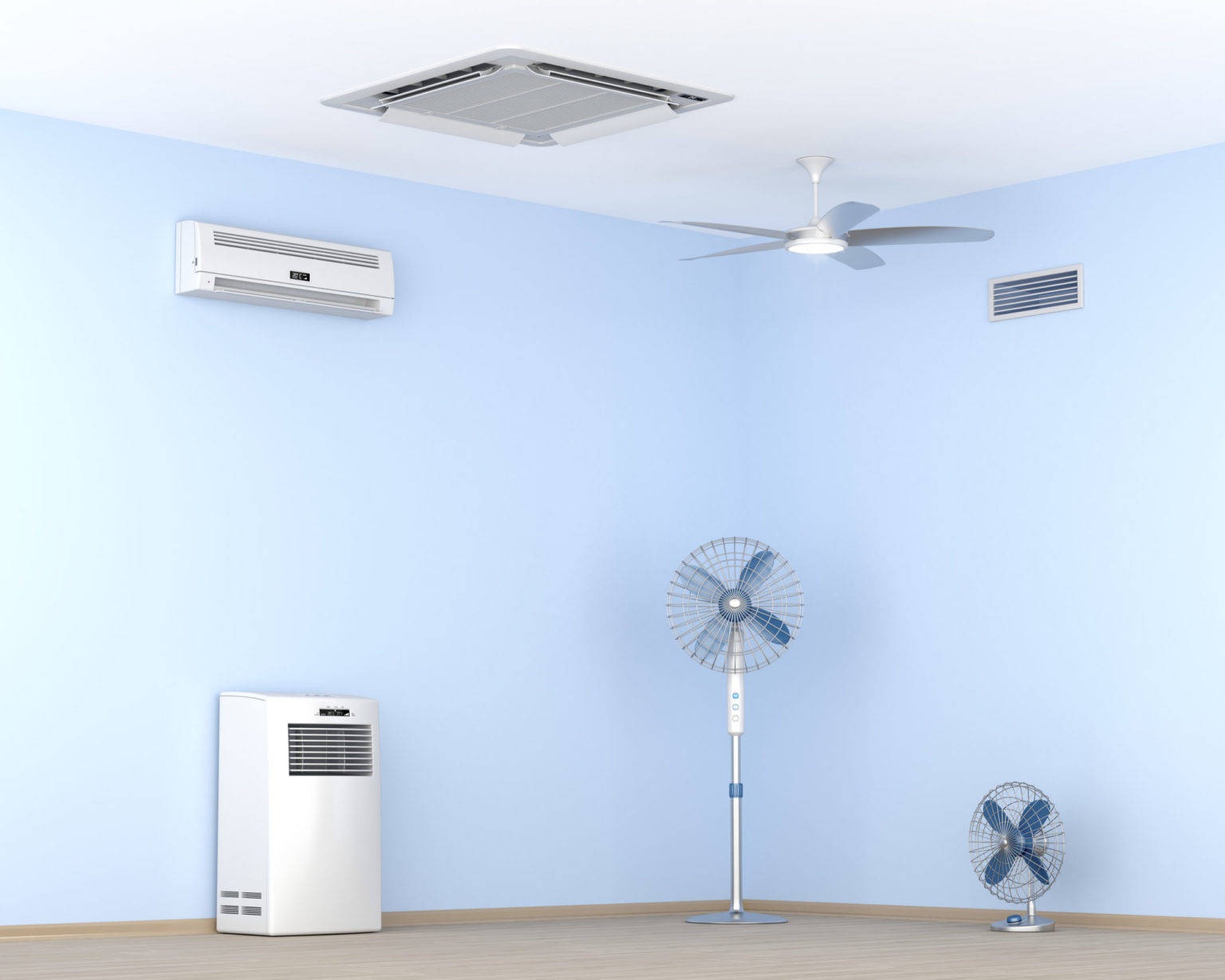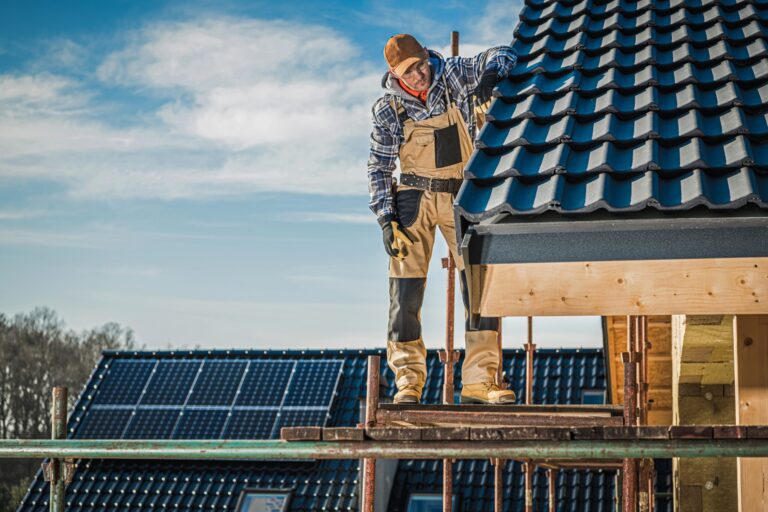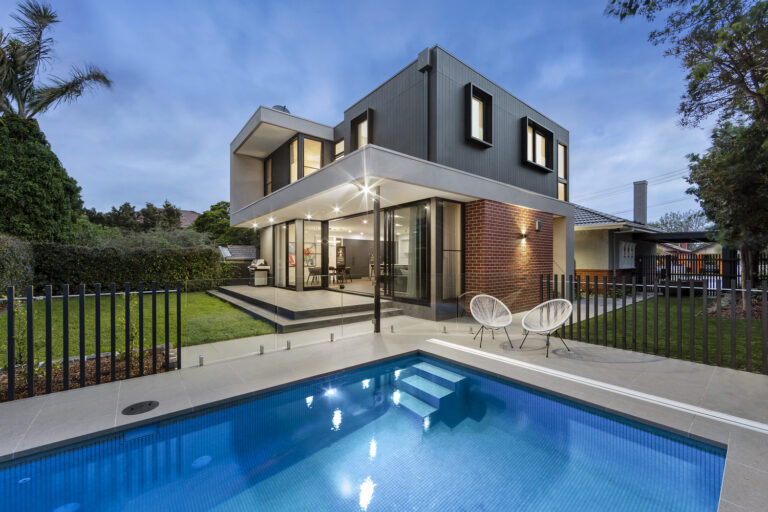When it comes to heating and cooling your home, you have plenty of options to choose from. Heating, ventilation, and air conditioning may seem straightforward, but there are actually a few types of systems. You’ll want to understand the differences between them before you decide which is best for your home. However, the average layperson probably couldn’t tell you about the pros and cons of ducted and ductless systems, which can make decision-making more difficult. Read on to find out what a mini split with ducts is and how it works.
What is a mini split with ducts?
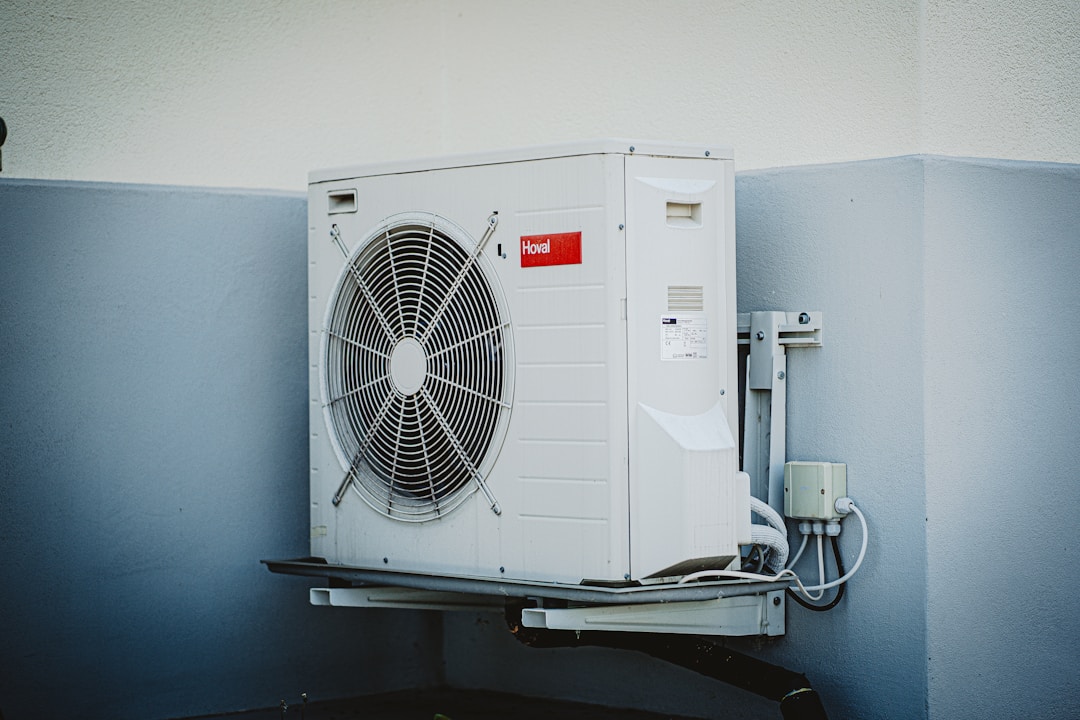
Though it’s common to see homes that use central air to handle temperature regulation, some houses have a ductless mini-split or a mini split with ducts. Mini-splits are two-part systems designed to cool a specific area. A central air conditioning system cools air in a central location and then distributes it throughout your entire home by using ductwork. Ductless mini-splits do not require ducts to operate and allow for multiple indoor units. A mini-split with ducts, as the name indicates, is an HVAC unit that uses concealed ductwork to circulate air throughout the home via the use of an air handler, which is typically hidden in an attic or crawl space.
Many people have debated whether or not ducted or ductless systems are preferable, but it ultimately depends on your preferences and your living situation. Ducted mini-splits provide several benefits, like the ability to be used in multiple rooms, but they also aren’t as flexible as ductless units. If interior design is a priority for you, it’s worth noting that ducted systems can be more aesthetically pleasing than more visible ductless mini-splits.
No matter what type of system you have, you’ll want to be proactive about HVAC maintenance. You should have your system inspected at least once annually by a technician, even if it doesn’t seem like anything is wrong. You’ll also need to change the filters every 90 days, though some homeowners prefer to change theirs more frequently than that.
What else can you do to maintain a comfortable indoor climate?
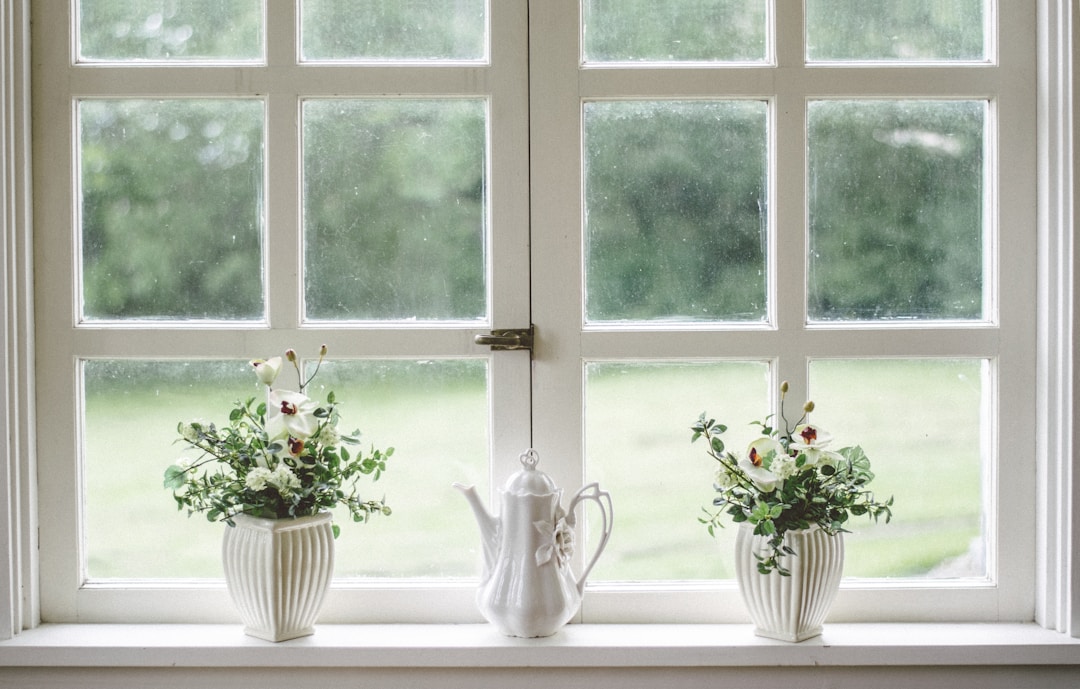
Your HVAC system will play the biggest role in maintaining your desired temperature indoors, but there are several other things you can do to help. For example, make it a priority to regularly check the condition of your windows. Cracks and crevices can let in contaminants, allergens, moisture, and outdoor air. Outdoor air will affect the indoor temperature and force your HVAC to work harder to compensate, which is likely to cause your energy costs to skyrocket. You can also install long drapes for an extra layer of insulation.
If you’re upgrading your HVAC system, you may want to consider a smart thermostat. Smart thermostats are Wi-Fi-enabled thermostats that can be used with home automation to control your home’s HVAC system from your smart speaker, mobile phone, or computer. Their ability to adjust the temperature through the use of a complex algorithm that learns from your habits can also help you save money on your utility bills. There are few purchases that can make as noticeable of a difference in your quality of life as a smart thermostat.
As you can see, there’s a lot to learn about heating, ventilation, and air conditioning systems. There are advantages and disadvantages to each type of HVAC system, so you’ll need to think carefully about which is best suited to your home. If you’re not sure, it’s a good idea to call a technician and explain what your needs are. They can tell you about your options and provide a recommendation based on their years of experience. No matter what system you select, you should make maintenance a priority if you want to avoid artificially shortening the life span of your HVAC.



